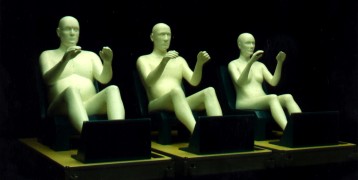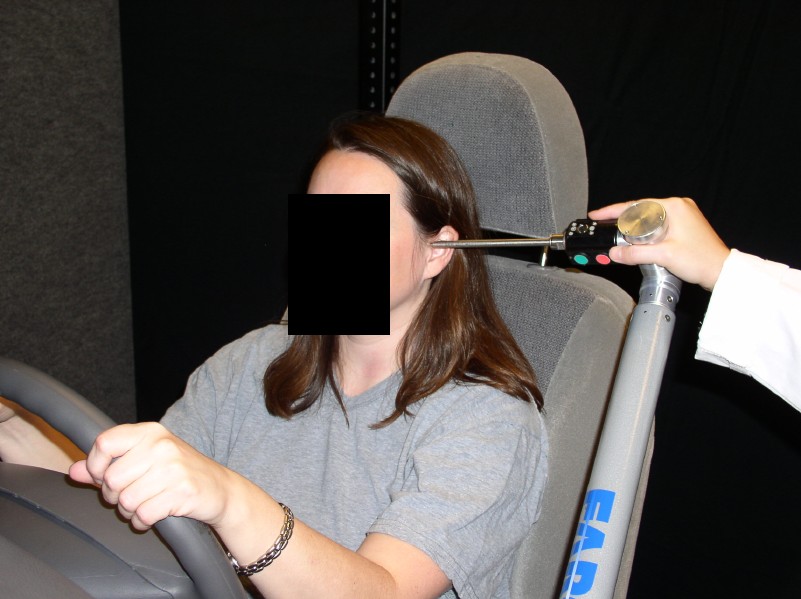>>> Research: Automotive Anthropometry
Anthropometry of Motor Vehicle Occupants

During the 1980s, UMTRI researchers conducted a landmark study of driver posture and anthropometry for crash dummy design. Known as the Anthropometry of Motor Vehicle Occupants (AMVO) study, the research produced data are currently the standard representations of small-female, midsize-male, and large-male vehicle occupants. Data and reports from AMVO are available on my downloads page. In the years since the AMVO project, UMTRI researchers have applied related methods to dozens of studies of vehicle occupant anthropometry. These studies constitute "functional" anthropometry in the sense that the goal is to characterize the size and shape (posture) of the body in a task-oriented context. Here, the context is normal vehicle sitting. Many of the applications for these data are related to the development of tools for vehicle interior design, but the data also have applications to crash dummy design and other safety applications. Most of the UMTRI studies have been conducted in light-vehicle environments (passenger cars, light trucks, SUVs, minivans), but several studies have addressed drivers of heavy trucks.
Postures of Drivers and Passengers

We pioneered the use of the FARO Arm coordinate digitizer to record human postures by measuring the 3D locations of body landmarks. Previously, UMTRI studies were conducted using stereophotogrammetry or sonic digitizers. The FARO Arm technique provides accurate data on body landmark locations that are difficult to obtain using optical marker systems. We've developed methods to estimate internal joint locations based on surface landmarks and we use the resulting joint locations to define posture based on a kinematic linkage representation of the body. We use a hardseat that provides access to both anterior and posterior torso landmarks. A subject-specific torso model based on the hardseat data is used to estimate torso joint locations for test conditions in vehicle seats, for which only anterior landmarks are available.
We conduct studies both in the laboratory and in vehicles. A typical laboratory study uses a partial vehicle mockup, often just a seat, pedals, and steering wheel. Depending on the study objectives, we might use different seats or change the steering wheel position to quantify their effects on posture. We record seat belt routing with respect to the shoulder, sternum, and pelvis, and use the FARO Arm to capture stream data spanning these critical interface areas.
For more on anthropometric research, see:
©2024 Matthew P. Reed and The University of Michigan